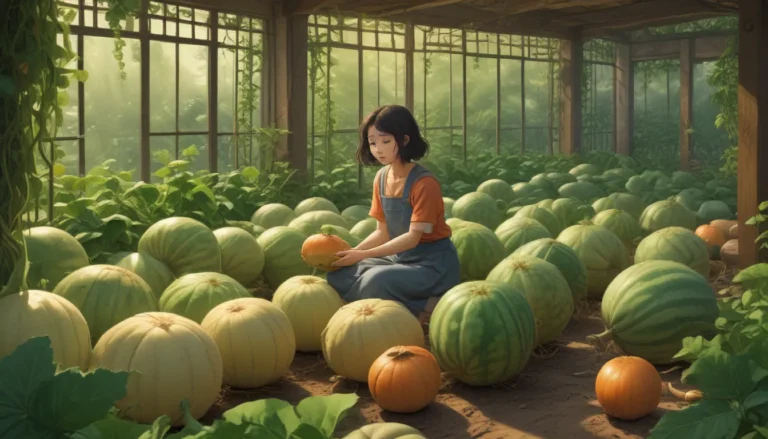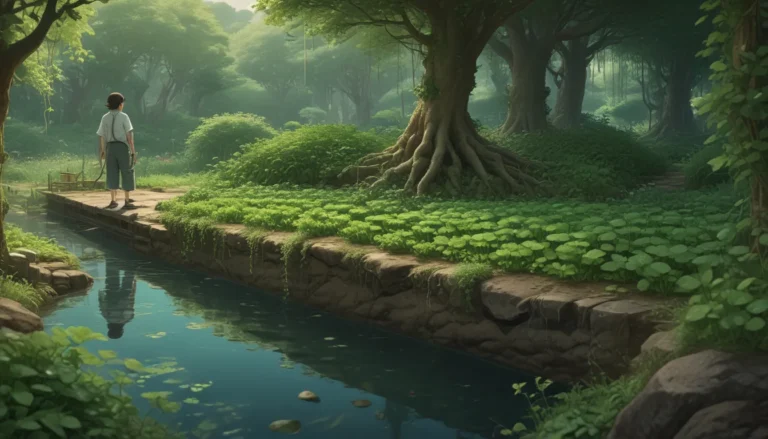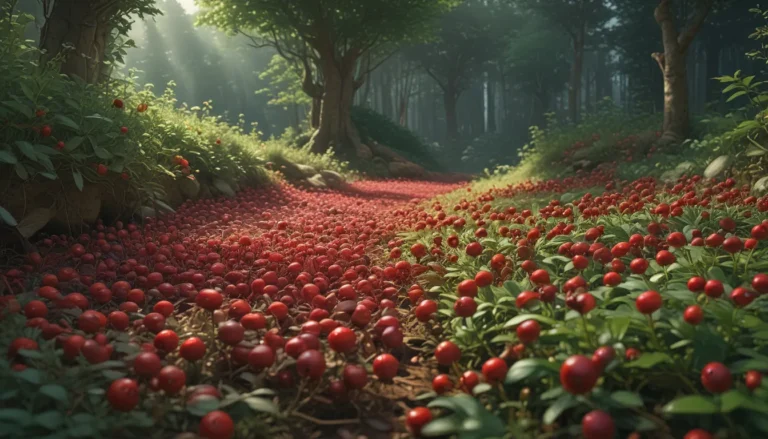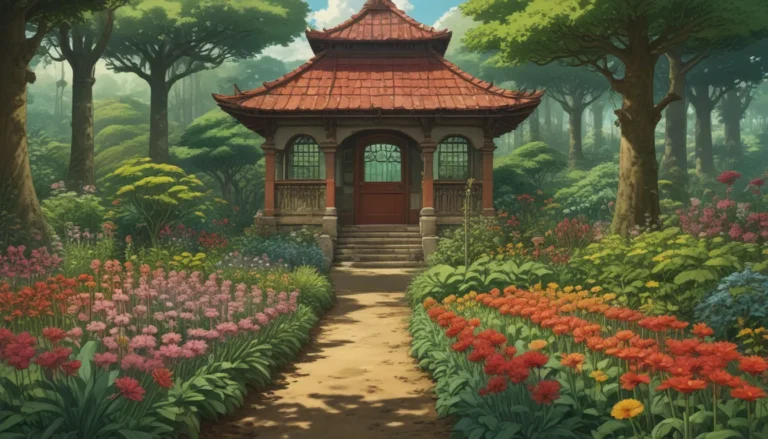Unlocking the Beauty of Japanese Maple Bonsai Trees
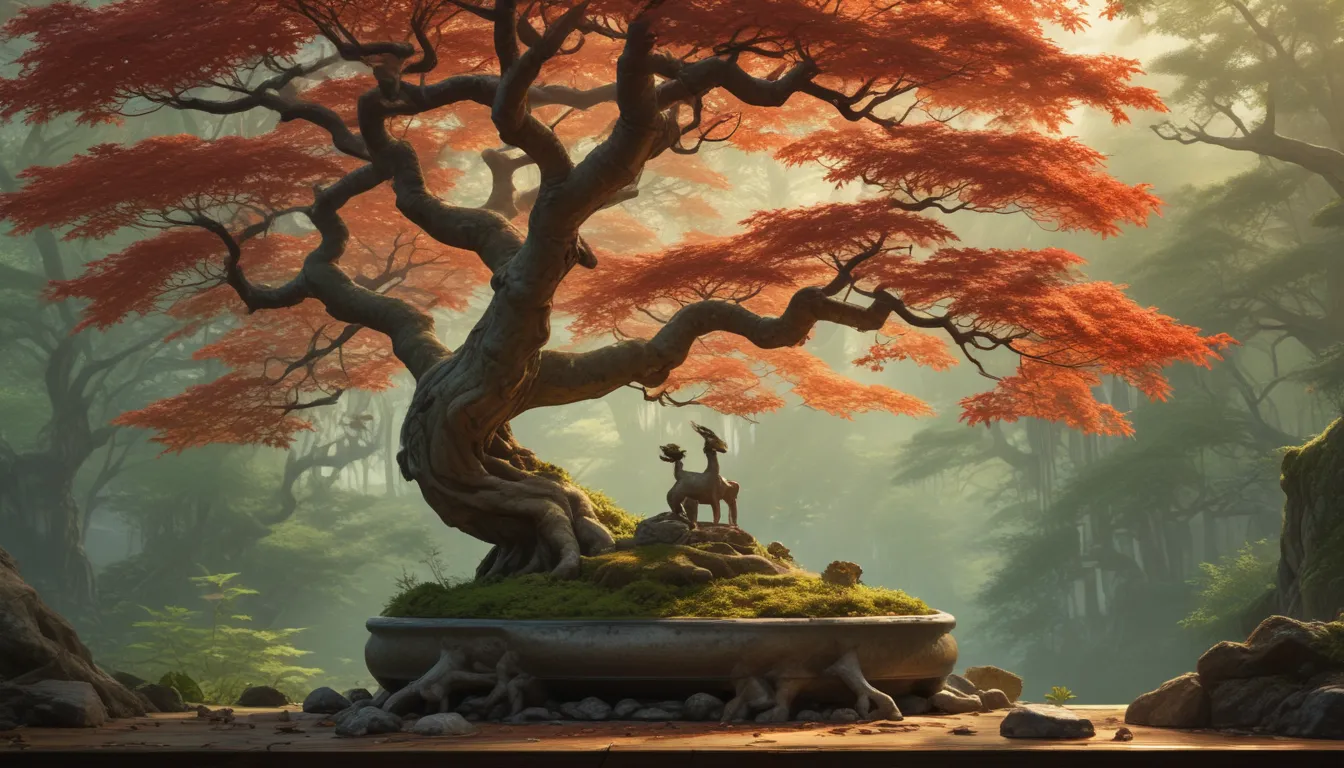
There’s something truly captivating about the art of bonsai – the skillful manipulation of nature to create miniature landscapes that reflect the beauty and grace of full-sized trees. And when it comes to bonsai, Japanese maple trees stand out as some of the most enchanting specimens to cultivate.
If you’ve ever marveled at the allure of a Japanese maple bonsai, you’re not alone. The delicate leaves, vibrant colors, and elegant shapes make these trees a favorite among bonsai enthusiasts. In this in-depth guide, we’ll delve into the fascinating world of Japanese maple bonsai, exploring everything from setting up your container to selecting the perfect cultivar, and managing pests and diseases.
So, if you’re ready to embark on a journey of creativity, patience, and skill, let’s dive into the captivating realm of Japanese maple bonsai.
What You’ll Learn
Embarking on the journey of growing a Japanese maple bonsai requires a blend of artistry, horticultural knowledge, and dedication. In this guide, you’ll discover valuable insights and practical tips that will help demystify the process of cultivating these exquisite trees. Here’s a sneak peek of what you can expect to learn:
- Setting Up Your Container
- Water Wisely
- Keep an Eye on the Sun
- Pruning
- Care Tips
- Cultivars to Select
- Managing Pests and Disease
Japanese maples are revered for their versatility and beauty in the world of bonsai. With an array of colors, growth habits, and leaf shapes to choose from, these trees offer endless creative possibilities for bonsai enthusiasts. Whether you’re a beginner or a seasoned bonsai artist, this guide will equip you with the knowledge and skills to nurture your Japanese maple bonsai with care and precision.
Setting Up Your Container
Choosing the right container for your Japanese maple bonsai is crucial for its growth and development. The size and shape of the pot play a significant role in shaping the tree and providing adequate space for the roots to thrive.
When selecting a container, consider the size of the plant and opt for a pot that allows for proper root development. Start with a six-inch pot for a young seedling and gradually increase the pot size as the tree grows. Repotting should be done in the early spring to facilitate healthy growth.
Additionally, pay attention to the type of substrate you use in the container. A well-balanced mix of akadama clay, lava rock, and shredded pine bark can provide the necessary nutrients and drainage for your tree. Proper repotting techniques and substrate selection are essential for ensuring the long-term health of your Japanese maple bonsai.
Water Wisely
Watering a bonsai tree, especially a Japanese maple, requires precision and care. These trees have shallow roots that are sensitive to overwatering and underwatering. To ensure proper hydration, it’s essential to water the tree thoroughly, allowing the substrate to absorb moisture up to the trunk.
Monitoring the moisture level of the substrate and adjusting your watering schedule based on factors like climate, sunlight exposure, and season is crucial for maintaining optimal health. By observing the color and texture of the soil, you can determine when it’s time to water your bonsai tree. Remember to water less frequently during the winter months and consider using green moss to retain moisture.
Keep an Eye on the Sun
While Japanese maple bonsai trees thrive in outdoor settings, they require partial shade to protect them from excessive sunlight. Positioning your bonsai tree in an area that receives filtered sunlight or dappled shade can help maintain its health and vibrancy.
Excessive sun exposure can lead to leaf burn and stunted growth in Japanese maple bonsai trees. Monitoring the tree for signs of sun damage, such as dry or discolored leaves, can help you adjust its placement to ensure optimal light conditions.
Pruning
Pruning is an essential practice in bonsai cultivation and plays a vital role in shaping and styling the tree. By removing dead or unwanted growth, you can enhance the tree’s natural beauty and create a harmonious aesthetic. Regular pruning allows you to maintain the tree’s desired shape and encourage healthy growth patterns.
Japanese maple bonsai trees can be styled in various forms, from windswept designs to cascading branches. By following proper pruning techniques and guidelines, you can create a stunning bonsai tree that reflects your artistic vision.
Care Tips
Caring for a Japanese maple bonsai involves regular maintenance and attention to detail. Repotting the tree every few years, fertilizing it regularly, and rotating it to promote even growth are essential practices for ensuring its long-term health.
Proper nutrient management and root pruning are critical for maintaining a healthy root system and promoting robust growth. By following a comprehensive care routine and monitoring the tree’s health, you can enjoy the beauty and grace of your Japanese maple bonsai for years to come.
Cultivars to Select
With a wide range of cultivars available, choosing the right Japanese maple for your bonsai collection can be an exciting endeavor. From vibrant red foliage to delicate green leaves, each cultivar offers unique characteristics that can enhance your bonsai display.
Popular cultivars like ‘Deshojo,’ ‘Goshiki Kotohime,’ ‘Katsura,’ ‘Murasaki Kiyohime,’ and ‘Beni Otake’ are ideal choices for beginners and experienced enthusiasts alike. Each cultivar has its own distinct features, from compact growth habits to striking leaf colors, making them excellent options for creating exquisite bonsai trees.
Managing Pests and Disease
The health of your Japanese maple bonsai is paramount, and protecting it from pests and disease is essential for its survival. Common pests like aphids and maple scale can pose a threat to bonsai trees, especially those that are stressed or weakened.
By implementing preventive measures and maintaining a healthy environment for your bonsai tree, you can reduce the risk of infestations and disease. Encouraging beneficial insects, practicing good hygiene, and monitoring the tree for signs of distress are key steps in preventing pest and disease outbreaks.
Root rot is a prevalent disease that can affect bonsai trees, including Japanese maples. Overwatering and poor drainage are common causes of root rot, leading to root damage and eventual decline in the tree’s health. By practicing proper watering techniques and ensuring adequate drainage, you can mitigate the risks of root rot and preserve the vitality of your bonsai tree.
Embrace the Art of Japanese Maple Bonsai
Embarking on the journey of growing a Japanese maple bonsai is a rewarding and enriching experience. By honing your skills, nurturing your tree with care, and embracing the artistry of bonsai cultivation, you can create a stunning masterpiece that captivates the eyes and nourishes the soul.
Whether you’re a novice bonsai enthusiast or a seasoned expert, Japanese maple bonsai offers endless possibilities for creativity and expression. With a little patience, dedication, and knowledge, you can transform a humble seedling into a breathtaking work of art that stands the test of time.
So, take the plunge, plant your roots, and watch as your Japanese maple bonsai blossoms into a thing of beauty and wonder. The journey may be long, but the rewards are immeasurable.
What cultivar of Japanese maple is calling your name? Share your thoughts and experiences in the comments below and join the conversation with fellow bonsai enthusiasts.
To expand your knowledge of Japanese maples, check out these informative guides:
- How to Grow Japanese Maple Trees in Containers
- How to Propagate Japanese Maples from Seed
- How to Graft Japanese Maple Trees
- 21 of the Best Japanese Maple Varieties
In conclusion, growing a Japanese maple bonsai is a fulfilling endeavor that requires patience, skill, and dedication. By following the guidelines and tips provided in this comprehensive guide, you can cultivate a stunning bonsai tree that brings joy and beauty to your home or garden. So, roll up your sleeves, grab your pruning shears, and embark on the enchanting journey of Japanese maple bonsai cultivation. Happy planting!
